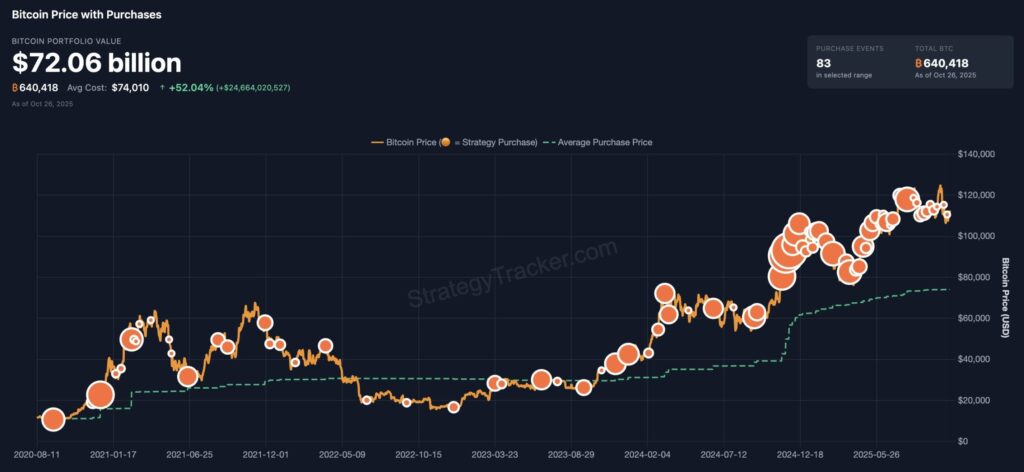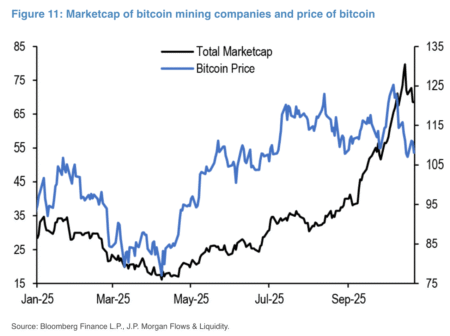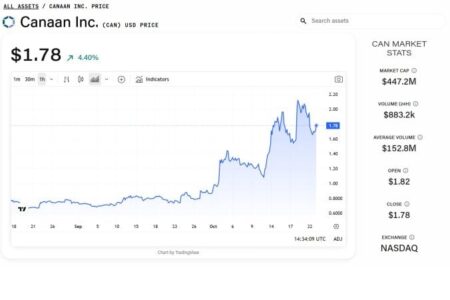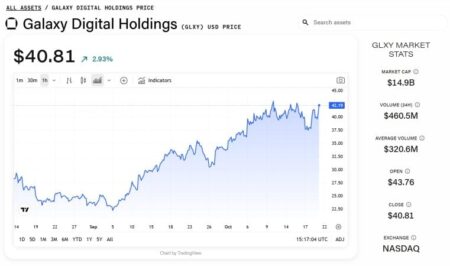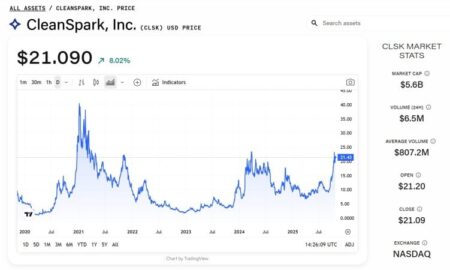Strategy’s Bitcoin Acquisition: A Deep Dive into the World’s Largest Bitcoin Treasury
In recent developments that have captured the attention of the cryptocurrency world, Strategy (formerly known as MicroStrategy) has expanded its Bitcoin holdings significantly. The company announced the acquisition of an additional 390 BTC between October 20 and October 26, costing approximately $43.4 million—averaging around $111,117 per Bitcoin. According to the company’s 8-K filing with the Securities and Exchange Commission, Strategy now possesses a staggering total of 640,808 BTC. This cache is valued at approximately $74 billion based on current market prices and represents over 3% of Bitcoin’s capped supply of 21 million coins. This latest acquisition brings Strategy’s overall expenditure on Bitcoin to around $47.4 billion, translating into substantial paper gains of approximately $26.6 billion at current market valuations.
To fund these acquisitions, Strategy leveraged proceeds from various "at-the-market" sales of its perpetual preferred stock. The firm has engaged in programs related to four different stock types—STRK, STRF, STRD, and STRC—representing a total of nearly $21 billion and geared towards raising significant capital for further Bitcoin purchases through 2027. This "42/42" plan is an upsized version of the original "21/21" strategy, reflecting a growing confidence and commitment to Bitcoin as a long-term asset. Recent stock sales involved transactions of STRK for $17 million, STRF for $19.4 million, and STRD for $7 million, indicating a robust mechanism for funding that empowers the company’s aggressive Bitcoin acquisition strategy.
In the broader context, Strategy is part of a growing subset of public companies adopting Bitcoin as a treasury asset. According to Bitcoin Treasuries data, 190 public companies have begun to incorporate Bitcoin into their financial strategies. The top five additional players include Marathon Digital Holdings, Tether-backed Twenty One, Metaplanet, Adam Back, and Cantor Fitzgerald-backed Bitcoin Standard Treasury Company. These firms are also notable for their significant Bitcoin holdings, further validating the trend of Bitcoin adoption in corporate treasury practices.
Despite the positive outlook on Bitcoin acquisition, the market capitalization of many Bitcoin treasury companies—including Strategy—has faced substantial declines from their summer peaks. For example, Strategy’s stock price has dropped by 37%, contributing to a notable contraction in market cap-to-net asset value ratios. Currently, Strategy’s market-adjusted net asset value (mNAV) is approximately 1.1, signaling a divergence between market price and underlying asset values, which serves as a critical metric for investors.
Michael Saylor, co-founder and executive chairman of Strategy, remains optimistic about the structure of the company’s capital financing. He emphasized that the capital configuration is robust enough to endure a scenario where Bitcoin value declines by 90% for an extended period. However, he did not shy away from acknowledging the inherent risks for shareholders in such a bleak scenario, suggesting the complexities involved in managing a Bitcoin-centric treasury.
Recently, more light was shed on the company’s ongoing acquisitions when Strategy announced the purchase of an additional 168 BTC for about $19 million. This acquisition further confirmed Saylor’s hints at increased Bitcoin purchases, which he teased on social media with the phrase “It’s orange dot day.” Following this announcement, Strategy’s stock exhibited a slight uptick, closing at $289.08, reflecting a growing confidence among investors in the company and Bitcoin’s long-term prospects.
In conclusion, Strategy’s aggressive accumulation of Bitcoin represents both a bold investment strategy and a significant shift in how public companies perceive cryptocurrency. While the continued volatility in Bitcoin prices poses risks, the potential for substantial returns and paper gains remains enticing for investors. As more companies adopt Bitcoin as a treasury asset, the landscape of corporate finance could see transformative changes that integrate digital assets into traditional models. Investors and stakeholders should remain vigilant, however, as the interplay between market conditions and emerging financial strategies will undoubtedly shape the future of cryptocurrency investments.
By consolidating varying aspects of corporate Bitcoin adoption and financial strategy, this article aims to optimize visibility and engagement, catering to audiences keen on the evolving narrative within the world of cryptocurrency and corporate treasuries.





